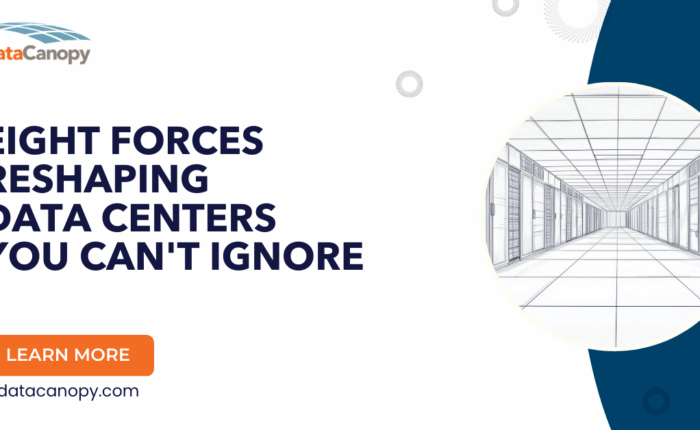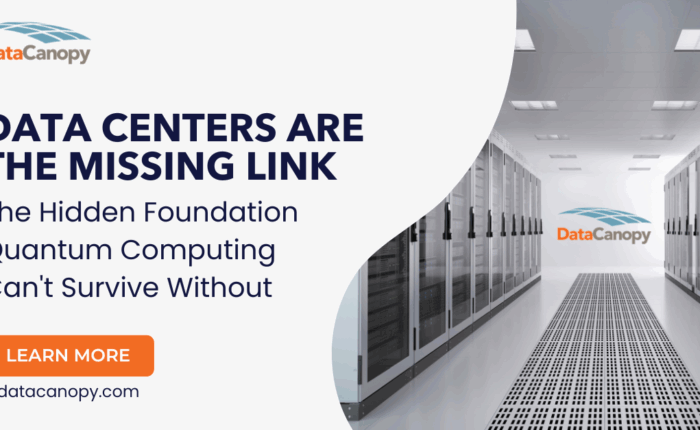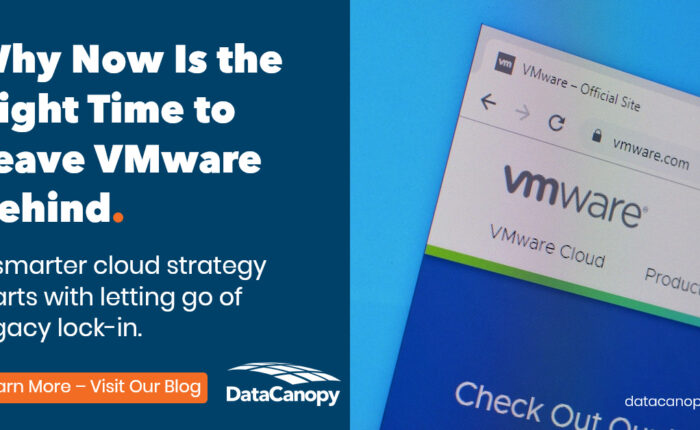We rarely get advance notice that a crisis is ready to strike. Even with some lead time, though, multiple things can go wrong; every incident is unique and unfolds in unexpected ways. If you’re concerned about the resiliency of your organization’s infrastructure while considering the unknowns, you’re not alone – and by taking some simple ste ps now, you can shore up your business’s ability to remain resilient no matter what happens around it. . With the right plan, you can protect your critical data and ensure your staff can access priority information from any location they may be located.
ps now, you can shore up your business’s ability to remain resilient no matter what happens around it. . With the right plan, you can protect your critical data and ensure your staff can access priority information from any location they may be located.
As organizations prepare for possible disruption in their business, here are tips to keep you up and running. Not only during an unforeseen event but every day.
1. Create a Disaster Recovery and Business Continuity Plan
If your business’s operations are interrupted, does your team know what to do? How much loss will you experience? Many people think a disaster recovery (DR) plan is the same as a business continuity plan, but a DR plan focuses mainly on restoring IT infrastructure and operations after a crisis while a business continuity plan focuses on the continuity of the entire organization throughout an emergency.
A solid disaster recovery plan will ensure mission critical data is secure and available in the event of an emergency that is designed specifically for your business. Things to consider when developing your DR plan include: the criticality of data and applications and your recovery time objectives and recovery point objectives, ensuring geographic redundancy of data centers where data is hosted, full encryption and corruption detection capabilities, and virtual server backups for seamless failover in the event of an outage.
For your business continuity plan, the DR plan should be included but so should proper protocol in the event of an outage, stakeholder responsibilities, and resources required to ensure recovery of normal business operations. For your BC and DR planning, ensure you are testing before there is a crisis so that everyone and every system is in place when and if you need it.
2. Leverage the Cloud
As cloud computing and mobile technology continues to mature, more employers and employees are enjoying the benefits of telecommuting. When an emergency strikes and employees have no choice but to work from home, being ready with cloud resources to ensure connectivity even if the office is offline or laptops are left at home is critical. For security purposes, some companies are opting to use VPNs to keep their infrastructure secure. Hosted Virtual Desktops are gaining in popularity enabling remote employees to access all their files and applications from anywhere, anytime, using any device. Additionally, remote desktops for users can be enabled from a virtual server to provide added protection for your core infrastructure. Cloud technology has the capability of providing complete and full-time monitoring of remote employee’s activity. This ensures employers that they are operating at peak productivity – even if remote employees reside hundreds of miles away from the office.
Your organization can also leverage cloud resources as part of its disaster recovery plan so that your data can be recovered and your business back online in a fraction of the time of physical or tape restores. Cloud computing has revolutionized the way we approach our data. By storing your data and applications in the cloud, you can recover from most unplanned events faster and more efficiently.
3. Host Your Data Off-Premise
Hosting your data in a colocation data center facility will ensure in any event that your data is accessible no matter where your staff may be located. Colocation should be a part of your planning to ensure your data is not just in one place, but strategically colocated to keep your business up and running. Choosing the right location for the disaster recovery facility is highly important because if the facility becomes a victim of the same disaster, your information could be lost forever. Having your main and backup servers in the same location can spell trouble in case of disaster. Choosing to collocate your data will give up an upper hand in your ability to keep your business in business.
In Summary
Now is the time to prepare, not panic. If your data is not as secure as you would like it to be, take stock to address the issue. At Data Canopy, we are prepared to ensure that your business data is protected not only for today, but in the future. We can help you develop the plan that keeps your business running when disaster strikes. We will work with you to ensure your mission critical data is secure and available in the event of an emergency with a comprehensive disaster recovery plan and solution designed for your business. Data Canopy offers geographical redundancy from data centers nationwide, full encryption and corruption detection capabilities, and virtual server backups for seamless fail over in the event of an outage.



